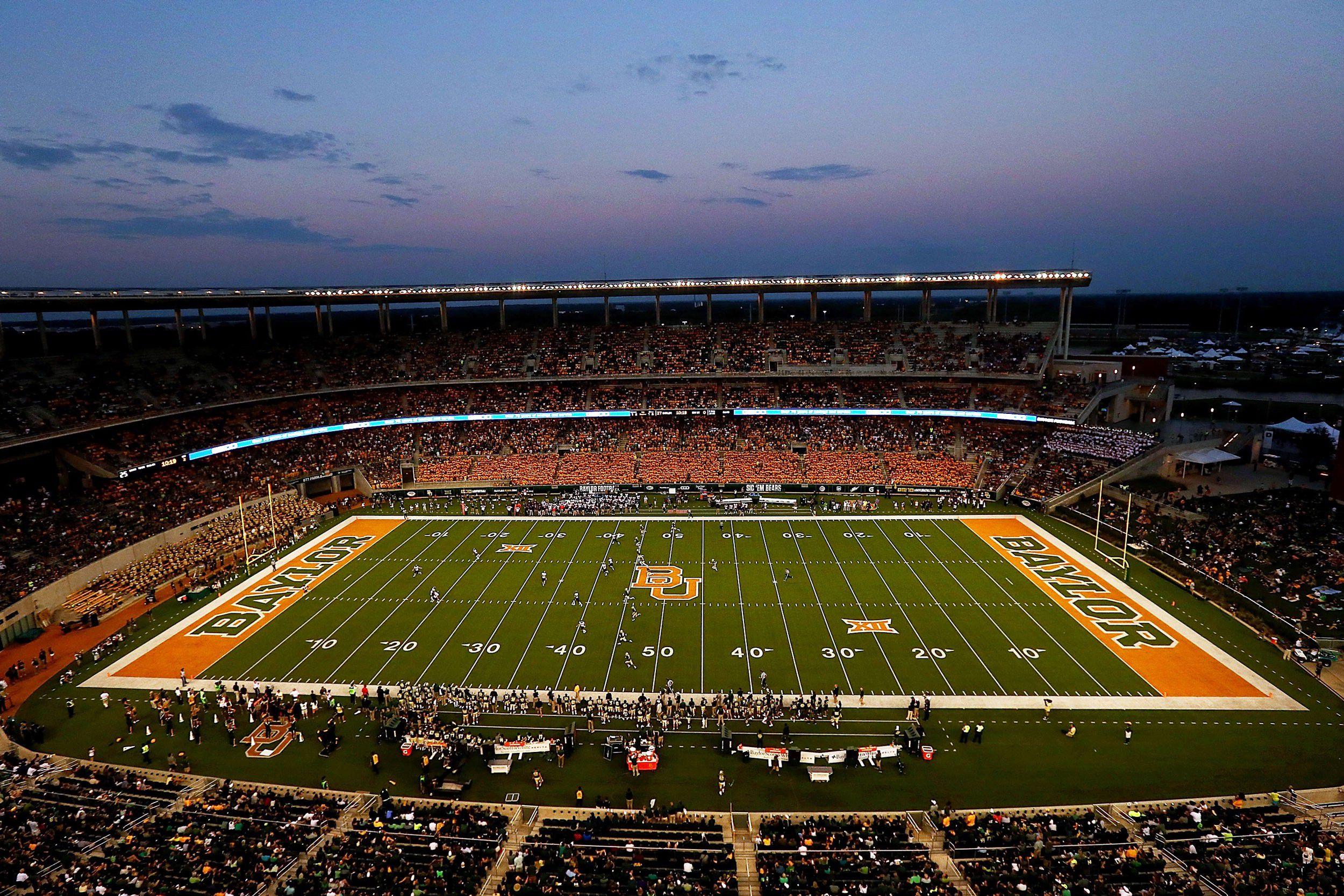When it comes to Baylor’s football program, we now know exactly what fostering a culture looks like. Since ESPN released its damning Outside the Lines report in April, we have heard about how the school created an environment in which players were allowed to act with impunity, where allegations of violence and sexual assault were downplayed or ignored, where women were abused and then shamed into silence as a rotating cast of team officials, school administrators, and law-enforcement officials stood idly by.
As of Thursday, we can now read examples of the world of horror that former head coach Art Briles and his staff were permitted to build during his eight years at Baylor. A court filing revealed text messages between Briles and others, showing in vivid detail how much officials knew about what was happening, and how little they cared.
According to the filing, here’s what Briles texted after being notified that a female student-athlete had reported that a football player had brandished a gun at her: “what a fool — she reporting to authorities.” Here’s how the coach responded upon learning that the team was being asked to handle a case in which a player is said to have exposed himself to a masseuse: “What kind of discipline… She a stripper?” Here’s how former Baylor athletic director Ian McCaw reacted when he was told that the Waco Police Department offered to downplay the arrest of a player accused of assaulting and threatening to kill someone: “That would be great if they kept it quiet!”
The filing is a reminder that the guiding principle of the Baylor scandal is that however bad it seems, it’s worse. Not even a week had passed since the last horrifying revelation, a new lawsuit against the university alleging that 52 — fifty-two — acts of rape occurred between 2011 and 2014. Briles’s tenure was a period of violence, lawlessness, and fear. It happened because other people — a great many of them, we now know — let it.

While Baylor may have washed its hands of the people who were formerly in charge — Briles, McCaw, and Ken Starr, formerly president and chancellor of the university, all lost their jobs in the wake of the scandal — nearly all of the principal actors who propagated this culture continue to work in and around student-athletics. McCaw is now the athletic director at Liberty University. Phil Bennett, Baylor’s defensive coordinator from 2011 to 2016, was hired in the same position at Arizona State. Two old Bears assistants — Casey Horny and Kendal Briles — have taken posts at other schools, the University of Texas and Florida Atlantic, respectively. Kendal, Art’s son, was alleged in one of the lawsuits to have asked a recruit, “Do you like white women? Because we have a lot of them at Baylor and they love football players.” Horny and the younger Briles both tweeted #TRUTHDONTLIE in defense of Art last fall; upon Horny’s hiring at Texas in January, the school made clear that it considered his transgression in the matter to be the sending of his tweet.

Then there’s Art Briles, whose coaching résumé reads thusly: His teams went 65–37, and he transformed a perennial basement-dweller into a Big 12 powerhouse. He also has exhibited so little remorse over what happened under his watch that he was bringing a libel suit against Baylor up until Wednesday — the day before his text messages were publicly released. His attempts at apologies have rung hollow; in a September interview aired on ESPN’s College GameDay, he tiptoed around the allegations and declined to take responsibility. His refusal to offer any support or contrition to the victims of his players has at times taken a very personal hue: In June, he reportedly promised to meet with and apologize to a victim in person, and then backed out at the last minute. He is, at present, still out of a job, but has been linked to positions at Houston (which later publicly rebuked him), Texas Tech, and the Cleveland Browns, among others. Lane Kiffin, who brought Kendal Briles to FAU, said in December that he decided not to hire Art simply because he didn’t want protesters at games.
For a time, there were reports that Baylor was actually considering bringing Art back. Thursday’s filing detailed a meeting between Baylor regents and a group of alumni and donors. As the regents attempted to explain why Briles and others had to go, a donor is quoted as saying, “If you mention Baylor’s mission one more time, I’m going to throw up. … I was promised a national championship.”
There’s a tendency to make what happened at Baylor seem like it was just about Briles. But the web of neglect, incompetence, and willingness to look the other way as long as the local football team kept winning spread far and wide. There were the players involved, many of whom are still playing in college or the NFL. There were the administrators who allowed a booming football program to run roughshod first over academics and later over justice. There were the Waco police officers, not employed by the university but reportedly willing to bend the rules, burying victims’ complaints and ferrying accused rapists to safety. Many of these people are still working. They are still being put in charge of young people. Consider this: Baylor released Briles’s texts only when it was in the school’s best interest to do so. The school’s loyalty remains, as ever, to itself.
We now have a pretty good sense of just how insidious the situation became in Waco, and how many individuals — how many adults whose principal responsibility was, in theory, “to help raise young people” — were complicit. It is baffling and horrifying, all the more so because they remain out there. At this point, there are no excuses: Either the people who enabled these things don’t understand the immense pain they’ve caused, which is a terror in its own right. Or they understand perfectly — like Briles, perhaps, whose withdrawal of his libel suit seems an awful lot like his correctly surmising how the public would respond to reading his text messages — and they still show no remorse, because at the end of the day, football is king.
